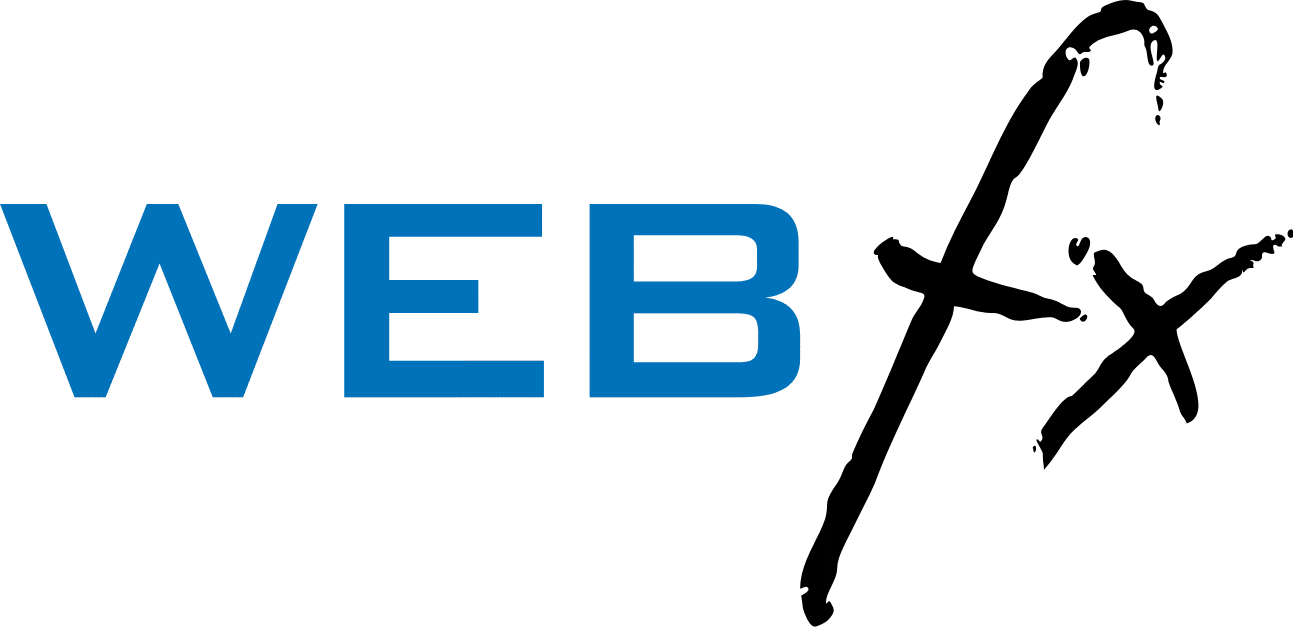Google is the largest search engine in the world. 90% of search queries worldwide are handled by Google. In Guyana, it has an 87% market share [1]. Recent studies have shown that online research also impacts how users purchase in-store. A study by Bazaarvoice showed that 82% of smartphone users will check their phones and research online about the purchase they are going to make in-store. They check prices, read customer reviews, and even visit brand websites. Therefore, ranking well on Google’s search results is essential for continued business success.
How does Google rank websites?
Google considers a variety of factors when determining how to rank websites. These factors are referred to as ranking signals. There are over 200 signals that Google’s algorithm takes into consideration. In the early days, these signals were focused solely on website performance and technical factors, but increasingly Google is paying attention to user behavior. How users interact with a website, gives Google information about the quality of the website. If a user visits your website and then leaves without taking any action or scrolling on the page within a few seconds, this can indicate a negative experience for users. On the other hand, if a user visits your website and makes a purchase, this indicates a positive user experience.
To ensure top rankings in Google’s search results it’s important to optimize your website’s technical and performance factors. A professional web development company will have to know how to optimize for search engines and increase your chances of ranking high. In recent years Google is focused on encouraging website owners to deliver a quality user experience on their website.
What are core web vitals?
In early 2020 Google introduced Core Web Vitals, a set of metrics that aim to improve user experience. These updates are expected to come into force this year. Before 2020, Google evaluated the page experience of a website based on the following factors: Mobile-friendliness, safe browsing, HTTPs, and no intrusive interstitials. With Core Web Vitals Google has added the following factors to evaluate page experience:
- Largest Contentful Paint (LCP)
- First Input Delay (FID)
- Cumulative Layout Shift (CLS)
- LCP | Largest Contentful Paint for page load speed
This metric measures the amount of time it takes for the largest image or text block on a page to load after a user clicks on a link. LCP is a metric designed to encourage faster load times. 2.5 seconds for LCP is considered good, between 2.5 to 4 seconds means there is room for improvement and above 4 seconds is considered poor.
- FID | First Input Delay for interactivity
FID measures how long it takes a website to respond after a user interacts with it. For example, if a user clicks on a menu option how much time does it take for the browser to process that event. For pages that do not have interactive elements, like a blog post, scrolling would qualify as a measurable interaction. 100 milliseconds or less for response time is considered good, between 100 to 300 milliseconds indicates room for improvement, and above 300 milliseconds is considered poor.Note that FID only considers input delays, hence if all of the interactions on a webpage are less than 100 milliseconds and there is no delay, you will not see an FID score for that page. This is a good thing.
- CLS | Cumulative Layout Shift for visual stability
CLS measures how stable a page remains as it loads. The goal is to have visual stability as the page loads its resources and elements. This means, users should not see unexpected movements in the page’s layout, like links and menu options shifting positions.Layout shift can take place because of a variety of reasons such as; Images, ads, iframes, etc. being used without defined dimensions. The layout is considered to shift when elements that have loaded on a page, shift their start positions. A score of 0.1 or less is considered good for CLS, 0.1 to 0.25 indicates a need for improvement, and more than 0.25 is considered poor.
You can find your Core Web Vital scores via Google Search Console. Once you have the Core Web Vitals report, you can make necessary optimizations to your website to improve your scores.
Working with a web design and development company like WebFX will ensure that your website is built optimally from the start. This reduces the chance of coding issues or poor development causing problems with CLS scores down the line. WebFX provides professional website design and development services in Guyana. If you are looking for a partner to build your website, contact WebFX today.
Sources:
- April 2021, ‘Search Engine Market Share Guyana’, Statcounter, [available online] available from: https://gs.statcounter.com/search-engine-market-share/all/guyana [accessed May 2021]
